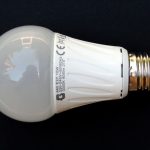LED Light Bar Fuse Size Guide: Choosing the Right Fuse for Your Lighting Needs

Light Emitting Diode (LED) light bars are becoming increasingly popular in various applications, including off-road, marine, and agriculture. These lighting solutions offer bright and efficient lighting, making them ideal for use in harsh environments. However, as with any electrical system, it is crucial to ensure that the LED light bar is protected from electrical faults that could cause damage or even a fire. One of the critical components in protecting your LED light bar is the use of fuses. Fuses play a crucial role in ensuring the safety and reliability of electrical systems by protecting against overcurrent, short-circuit, and other electrical faults. The correct fuse size selection is essential to ensure that the LED light bar operates safely and efficiently. In this guide, we will explore the factors that determine the appropriate fuse size for your LED light bar, including the manufacturer’s recommendations, the amperage rating of the LED light bar, and the wiring gauge. By the end of this guide, you will have a clear understanding of how to choose the right fuse size for your LED light bar and ensure its safe and efficient operation.
LED light bars are a popular lighting solution used in various settings, from off-road vehicles to emergency vehicles and boats. These light bars are made up of a series of LED bulbs that emit bright, focused light. They are designed to be energy-efficient and long-lasting, making them a cost-effective choice for those who require powerful lighting for extended periods. LED light bars come in different sizes and shapes, and their common use includes illuminating dark paths, warning other drivers or pedestrians, and providing additional lighting in outdoor or indoor settings. It’s essential to choose the right fuse size for LED light bars to ensure optimal performance and safety.
Proper fuse sizing is critical to ensure safety and functionality of any electrical system, including LED light bars. Fuses are designed to protect the circuits from overloading, short circuits, or other electrical faults that may occur. Choosing the right fuse size is crucial to prevent damage to the LED light bar, the vehicle’s electrical system, and most importantly, to avoid safety hazards, such as fire or electric shock. A fuse that is too small will blow frequently, causing inconvenience and downtime, while a fuse that is too large may fail to protect the system from damage. Therefore, it is essential to consult the LED light bar fuse size guide and choose a fuse that matches the specific requirements of the lighting system, ensuring optimal performance, safety, and longevity.
Factors to Consider When Choosing a Fuse
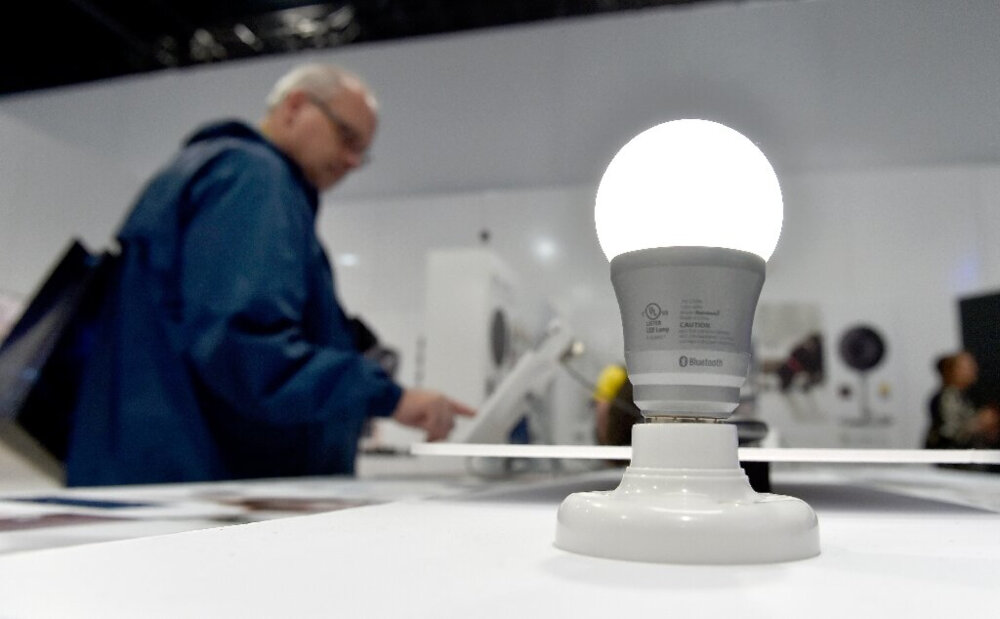
When choosing a fuse for your LED light bar, there are several factors to consider to ensure that it is the right fit for your lighting needs. One of the most critical factors is the current rating, which refers to the amount of current that the fuse can handle before it blows. It is essential to choose a fuse with a current rating that is appropriate for the amount of current that your LED light bar requires. If the current rating of the fuse is too low, it will blow frequently, and if it is too high, it may not provide adequate protection in case of a short circuit. Another important factor to consider when choosing a fuse is the voltage rating, which is the maximum voltage that the fuse can handle without failing. It is crucial to choose a fuse with a voltage rating that is appropriate for your LED light bar to ensure that it can handle the voltage that it requires without failing or causing damage. It is also important to consider the type of fuse that you need, such as fast-acting or slow-blow, depending on the application and the level of protection that you require. By considering these factors, you can choose a fuse that is the right fit for your LED light bar, providing adequate protection and ensuring reliable performance.
The voltage and amperage of your LED light bar are crucial factors to consider when selecting the appropriate fuse size. LED light bars typically operate at a voltage range of 9-32 volts and consume low amperage. The voltage determines the amount of energy required to power the light bar, while the amperage indicates the rate of current flow. It is essential to choose a fuse size that can handle the maximum voltage and amperage of your LED light bar to prevent damage, overheating, or even electrical fires. A properly sized fuse acts as a protective measure, interrupting the circuit if the amperage exceeds the rated value, safeguarding your LED light bar and vehicle’s electrical system.
When it comes to LED light bars, the type of fuse and its rating is crucial in ensuring safety and optimal performance. The most commonly used type of fuse is a blade fuse, which is designed to fit into a fuse holder with corresponding dimensions. It is important to choose a fuse with the correct rating, which is determined by the amperage of the LED light bar. Fuse ratings typically range from 1A to 40A, with higher amperage ratings providing more protection for larger LED light bars. It is important to consult the manufacturer’s guidelines and specifications to ensure the correct type and rating of fuse is used to prevent damage to the LED light bar and potential safety hazards.
The location and mounting of the fuse is a crucial factor to consider when installing an LED light bar. Fuses are designed to protect the electrical system from overloading and short circuits, preventing potential damage to the light bar and vehicle. Typically, the fuse is located close to the battery or power source, and mounting can vary depending on the type of fuse holder used. It’s important to choose a fuse holder that’s rated for the correct amperage and is securely mounted to minimize the risk of any electrical malfunctions. When properly installed, a fuse can provide a reliable and safe solution for your LED light bar needs.
Common Fuse Types for LED Light Bars
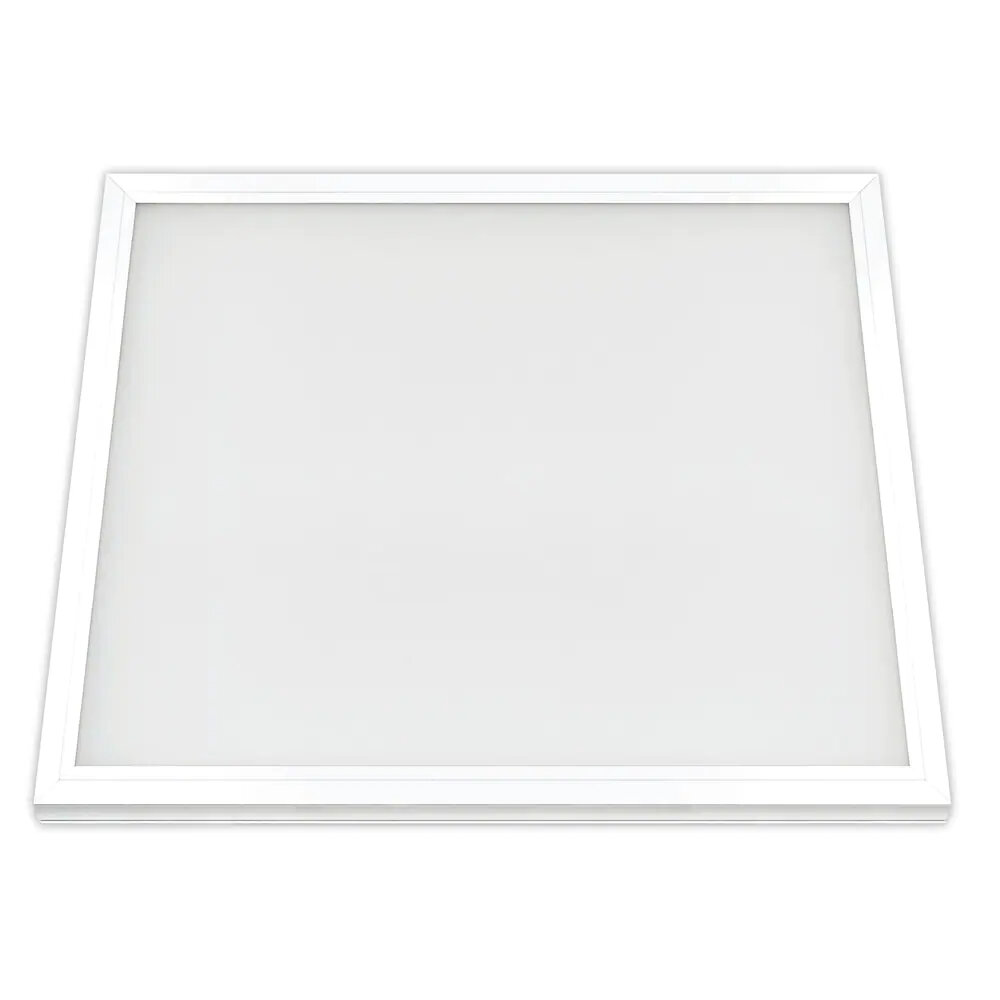
LED light bars are a popular lighting solution for off-road enthusiasts, emergency responders, and anyone who needs powerful illumination in low-light environments. However, like any electrical device, LED light bars require proper protection to prevent damage and potential hazards. This is where fuses come in. Fuses are designed to interrupt the flow of current in the event of an overload or short circuit, protecting the device and the user. When it comes to LED light bars, there are several common fuse types to choose from, each with its own advantages and limitations. One of the most popular fuse types for LED light bars is the blade or spade fuse. These fuses are named for their blade-shaped design, which allows them to be inserted into a fuse block or holder. Blade fuses are available in a variety of amperage ratings, typically ranging from 5 to 30 amps. They are easy to install and replace, making them a convenient choice for DIY enthusiasts. However, blade fuses can be prone to corrosion and poor connections, so it’s important to choose high-quality fuses and keep the holder clean and dry. Another common fuse type for LED light bars is the mini blade fuse. As the name suggests, mini blade fuses are smaller than standard blade fuses, making them a good choice for applications where space is limited. They are available in amperage ratings up to 40 amps and are compatible with most blade fuse holders. Like standard blade fuses, mini blade fuses can be susceptible to corrosion and poor connections, so proper maintenance is important.
Glass tube fuses are an essential component of any LED light bar, as they protect the system from electrical surges and short circuits. These fuses consist of a cylindrical glass body that encloses a thin wire or filament. The glass tube is filled with inert gas, which prevents the wire from burning out in the event of an overload. When an electrical surge occurs, the wire inside the fuse heats up and breaks, thereby preventing the surge from damaging the LED light bar. Glass tube fuses are available in a variety of sizes and ratings, depending on the specific requirements of the LED light bar, and selecting the right fuse size is crucial for optimal performance and protection.
Blade fuses are widely used in the automotive industry as a means of protecting electrical circuits from damage caused by overloading or short-circuiting. These fuses are small, rectangular in shape, and feature two metal prongs on either end that fit into a fuse holder. They are designed to break or \blow\ when too much current flows through them, effectively disconnecting the circuit and preventing damage to the other components. Blade fuses are available in a range of amperage ratings, making them suitable for a variety of applications. They are also easy to replace, making them a popular choice among DIY enthusiasts and professional mechanics alike.
Resettable fuses, also known as polymeric positive temperature coefficient (PPTC) fuses, are an innovative type of fuse that automatically reset themselves after they have been tripped. Unlike traditional fuses, which must be replaced after they have blown, resettable fuses are able to restore themselves to their original state once the fault has been cleared. This makes them an ideal choice for applications where downtime must be kept to a minimum, such as in LED light bars. Resettable fuses work by using a special polymer that changes its resistance in response to changes in temperature. When the current flowing through the fuse exceeds a certain threshold, the polymer heats up and its resistance increases, limiting the amount of current that can flow through the circuit. Once the fault has been cleared, the polymer cools down and its resistance returns to its original value, allowing normal operation to resume.
How to Choose the Correct Fuse Size
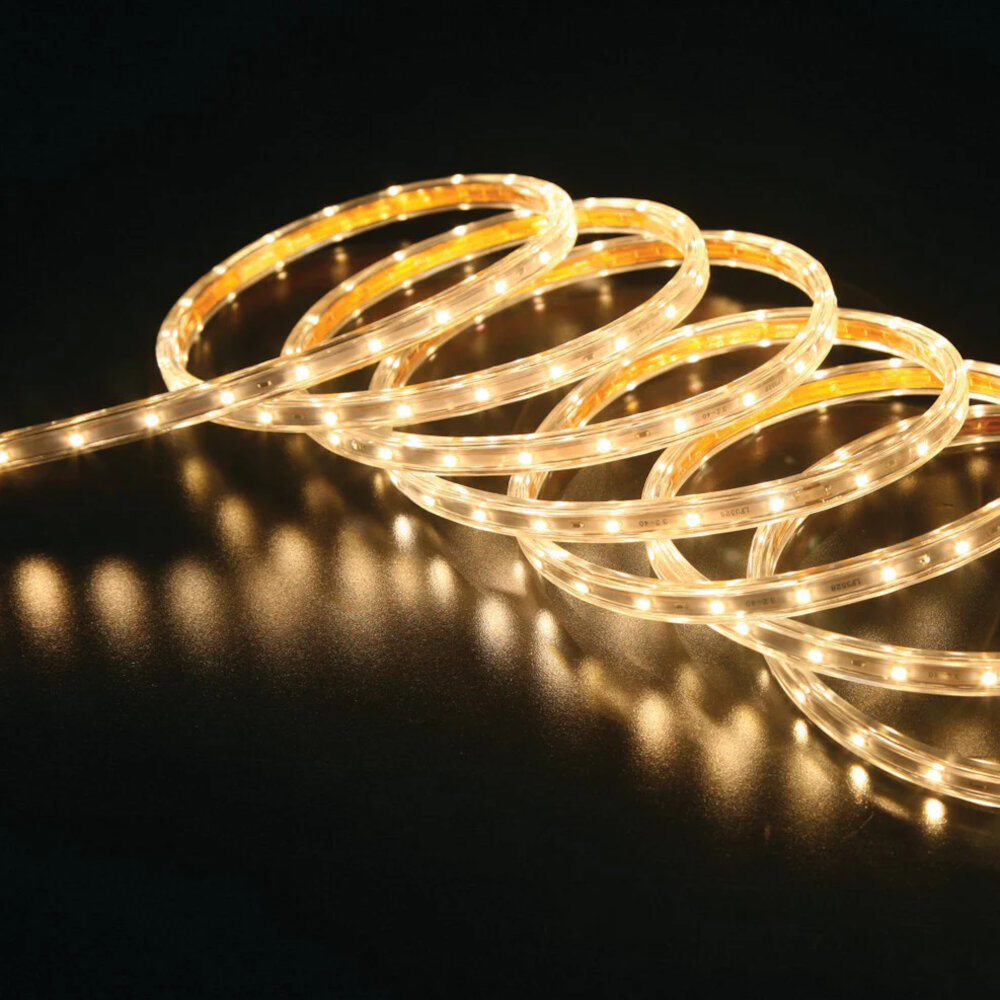
Choosing the correct fuse size is essential to ensure the safety of your LED light bar. Fuses are designed to protect electrical circuits from damage caused by overloading or short-circuiting. If the current in the circuit exceeds the fuse’s amperage rating, the fuse will blow, interrupting the circuit and preventing damage to the wiring and other components. Choosing the right fuse size will not only protect your LED light bar, but it will also ensure that it operates efficiently and effectively. To determine the correct fuse size, you need to consider the maximum current draw of your LED light bar, the wire size, and the fuse holder’s rating. It’s crucial to choose a fuse that has a slightly higher amperage rating than your LED light bar’s maximum current draw to allow for startup current surges and other factors. When choosing the correct fuse size for your LED light bar, you should also consider the environment in which it will be used. For example, if you plan to use your LED light bar in an outdoor environment where it will be exposed to moisture and other harsh conditions, you should choose a fuse that is rated for outdoor use. Similarly, if you plan to use your LED light bar in a high-vibration environment, such as on a boat or off-road vehicle, you should choose a fuse that is designed to withstand vibration and other mechanical stresses. By taking these factors into account, you can ensure that you choose the correct fuse size for your LED light bar, and that it will provide reliable and safe operation in all conditions.
Determining the amperage of your LED light bar is a crucial step in choosing the right fuse for your lighting needs. Amperage refers to the current that flows through the circuit, and it’s essential to ensure that the fuse is rated for the correct amount of current. Most LED light bars have a current rating between 1 and 10 amps, but it’s always recommended to check the manufacturer’s specifications to be sure. Using a fuse that is too small can cause it to blow frequently, while a fuse that is too large can lead to electrical problems and even fire hazards. Therefore, it’s crucial to choose the right fuse size that matches the amperage of your LED light bar to ensure safe and reliable operation.
When it comes to choosing the right fuse size for your LED light bar, it’s important to consult a fuse rating chart. These charts provide valuable information regarding the amperage rating and physical size of different types of fuses. By cross-referencing the amperage requirements of your specific LED light bar with the corresponding fuse size on the chart, you can ensure that your lighting system is properly protected from electrical overloads and short circuits. It’s essential to choose the correct fuse size for your LED light bar to avoid any potential damage to your vehicle’s electrical system or the light bar itself. By taking the time to consult a fuse rating chart, you can make an informed decision and enjoy your LED light bar with confidence.
When selecting the appropriate fuse for your LED light bar, it is essential to consider both the voltage and mounting location. The voltage rating of the fuse should be compatible with the voltage of the LED light bar’s electrical system to avoid damage or malfunction. It is also crucial to mount the fuse in a location that is easily accessible and visible in case of a blown fuse. The mounting location should be away from any heat sources or water to prevent damage or short circuits. By taking these factors into account, you can ensure that your LED light bar is protected and functions optimally.
When it comes to LED light bars, proper fuse sizing is crucial for their safety and functionality. A fuse that’s too small won’t be able to handle the electrical load, causing it to blow frequently or even become a fire hazard. On the other hand, a fuse that’s too large won’t provide adequate protection in case of a short circuit or other electrical malfunction. Therefore, choosing the right fuse size is essential to ensure optimal performance, longevity, and safety of your LED light bar. By following our LED light bar fuse size guide, you’ll be able to determine the correct fuse amperage for your lighting needs, giving you peace of mind and preventing potential electrical hazards.
When it comes to choosing the right fuse for your LED light bar, it is crucial to consider all factors before making a final decision. This includes the voltage and current rating of the light bar, as well as the size and type of fuse needed to protect it from damage. If you are unsure about which fuse to choose, it is always best to consult a professional to ensure that you are making the right choice. A professional can help you determine the correct fuse size and type based on your specific lighting needs, and can also provide guidance on how to properly install and maintain the fuse to ensure optimal performance and safety. Remember, selecting the right fuse is an essential step in protecting your LED light bar and ensuring its longevity, so take the time to do your research and seek out expert advice when needed.
Conclusion
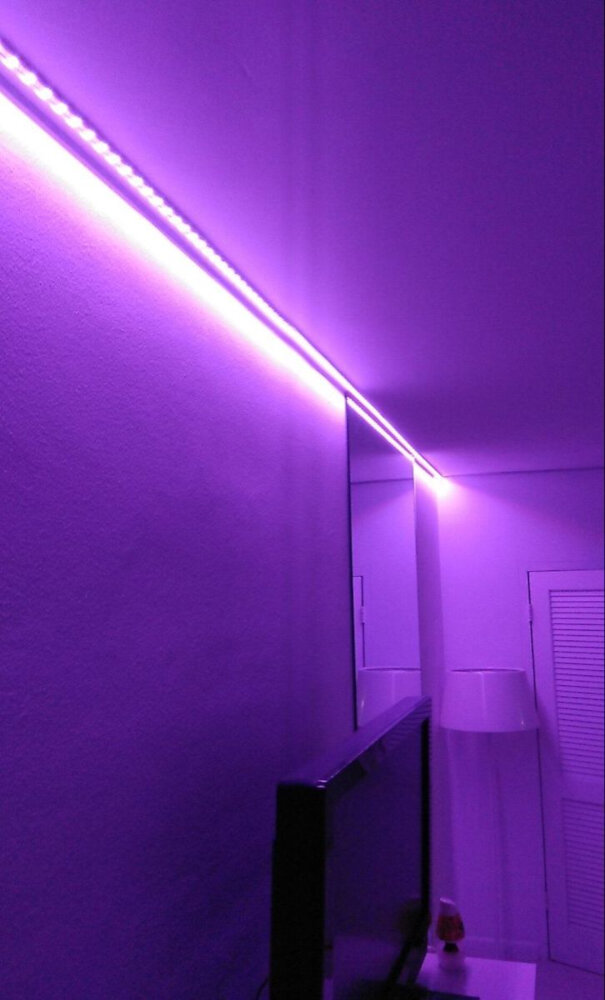
In conclusion, selecting the appropriate fuse size for your LED light bar is crucial to ensure the longevity and safety of your lighting system. Fuses act as a protective measure against overloading and short circuits, preventing potential damage to your vehicle and your LED lights. It is essential to take into account the amperage rating and wattage of your LED light bar when choosing the right fuse size. By following the LED light bar fuse size guide, you can confidently select the appropriate fuse that will keep your lighting system operating smoothly and efficiently. Remember, safety should always be a top priority when it comes to electrical installations, and choosing the right fuse is a critical step in achieving this goal.

